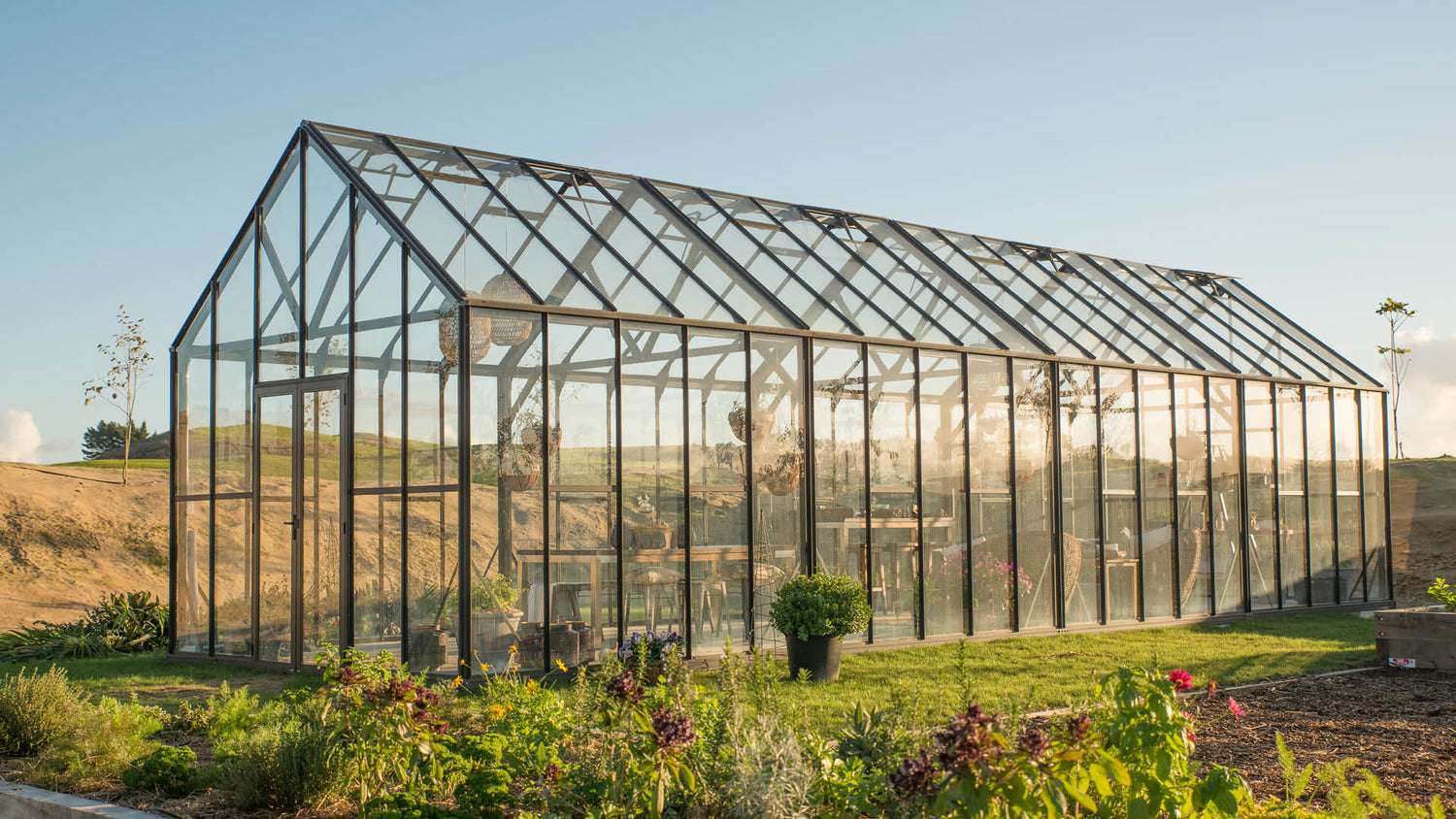Seamless Integration: Monarch Greenhouse Installation Utah Expert Touch
The Future of Greenhouses: Technologies in Sustainable Farming
Are you interested about the future of greenhouses and how they are reinventing lasting farming? From innovative environment control systems to upright farming techniques, water-efficient irrigation methods, renewable energy integration, and clever data analytics, these improvements are changing the method we grow our food.
Advanced Climate Control Equipment
To accomplish optimum expanding conditions, you can rely upon the developments in greenhouses with sophisticated climate control systems. These systems have reinvented the method we cultivate plants, offering a controlled environment that is conducive to plant growth. With these cutting-edge systems, you can currently adjust temperature level, moisture, light degrees, and also carbon dioxide concentrations to produce the ideal conditions for your plants to thrive.
Among the vital functions of these sophisticated climate control systems is their ability to manage temperature level. By utilizing sensors and automated controls, the greenhouse can adjust the temperature level based upon the particular needs of the plants. This ensures that they are never ever subjected to extreme warmth or chilly, which can be damaging to their growth.
Moisture control is one more essential aspect of these systems. By keeping the optimal humidity degrees, you can avoid issues such as mold and mildew, mold, and condition from influencing your crops. These systems can also control the amount of light that gets to the plants, making sure that they receive the optimum amount for photosynthesis.
Furthermore, progressed climate control systems can also adjust carbon dioxide concentrations. By raising the levels of carbon dioxide in the greenhouse, you can improve plant development and efficiency. This is specifically helpful in areas with reduced natural CO2 levels.
Upright Farming Techniques
One essential upright farming technique is using stacked growing systems. Piled growing systems are commonly used in city locations where space is restricted.
One prominent approach is recognized as vertical hydroponics, where plants are grown in nutrient-rich water without soil. This method is extremely reliable as it reduces water usage by up to 90% compared to standard farming techniques. In addition, given that the plants are expanded inside, they are protected from pests and diseases, decreasing the requirement for pesticides.
Another technique is aeroponics, which involves putting on hold the plant roots in a mist or air atmosphere. This method permits optimum nutrient absorption and oxygenation, leading to faster development and greater returns. Aeroponics additionally utilizes less water than typical farming and can be applied in vertical systems, making it a preferred option for vertical farming.
Water-efficient Irrigation Methods
When it comes to applying water-efficient irrigation approaches in lasting agriculture,Optimizing water preservation is vital. With global water shortage ending up being a pushing concern, it is important to create innovative techniques that enhance water use in greenhouse operations.
One appealing technique is drip watering, which provides water straight to the plant origins, decreasing waste and dissipation. By utilizing a network of tubes with small emitters, water is applied slowly and precisely, guaranteeing that plants get the discover here needed moisture without excess overflow.
Another reliable technique is making use of soil dampness sensors. These gadgets measure the wetness content in the soil and give real-time data to farmers. By keeping track of the dirt's moisture degrees, farmers can properly identify when and just how much water to apply, stopping over-irrigation.
Moreover, the implementation of rainwater harvesting systems is gaining appeal in greenhouse agriculture. Collecting rain from rooftops and storing it in containers enables farmers to utilize this natural deposit for watering functions, decreasing dependence on standard water sources.
Last but not least, the adoption of automated watering systems can substantially enhance water efficiency. These systems make use of sensing units to identify soil moisture degrees and weather problems, adjusting watering routines as necessary. By enhancing water use based on real plant requirements, these systems can minimize water waste and promote lasting farming methods.
Renewable Power Combination
Renewable power assimilation in greenhouses supplies several benefits, including decreased operating expenses and decreased dependence on non-renewable energy sources. The created power can after that be made use of to run various procedures within the greenhouse, such as illumination, air flow, and heating systems. These generators harness wind power and convert it into electrical energy, which can be utilized to supplement the energy demands of the greenhouse.
Smart Data Analytics and Automation
To enhance the effectiveness of your greenhouse operations and enhance source utilization, think about applying smart data analytics and automation. Smart information analytics entails collecting and examining information from various sensors and gadgets within your greenhouse.
This can consist of automating the control of lights, air flow, watering systems, and nutrient distribution. By automating these procedures, you can make my company sure that your plants obtain the ideal problems and nutrients at the ideal time, without the demand for consistent hands-on treatment.
Moreover, clever information analytics and automation can function together synergistically. The information accumulated by sensing units can be utilized to notify automatic systems, allowing them to make real-time adjustments based upon the existing problems. This integration of data analytics and automation can lead to more precise and reliable resource allotment, ultimately resulting in greater returns and better crop top quality.
Final Thought
In final thought, the future of greenhouses in sustainable farming looks promising. With advanced environment control systems, upright farming methods, water-efficient watering techniques, and eco-friendly energy integration, greenhouses are coming to be a lot more environmentally pleasant and reliable. Furthermore, the usage of wise data analytics and automation better enhances performance and decreases waste. These developments are paving the means for a more effective and sustainable agricultural sector, making sure a greener and much healthier future for all.

By maximizing water use based on actual plant needs, my blog these systems can reduce water waste and promote sustainable farming techniques.
